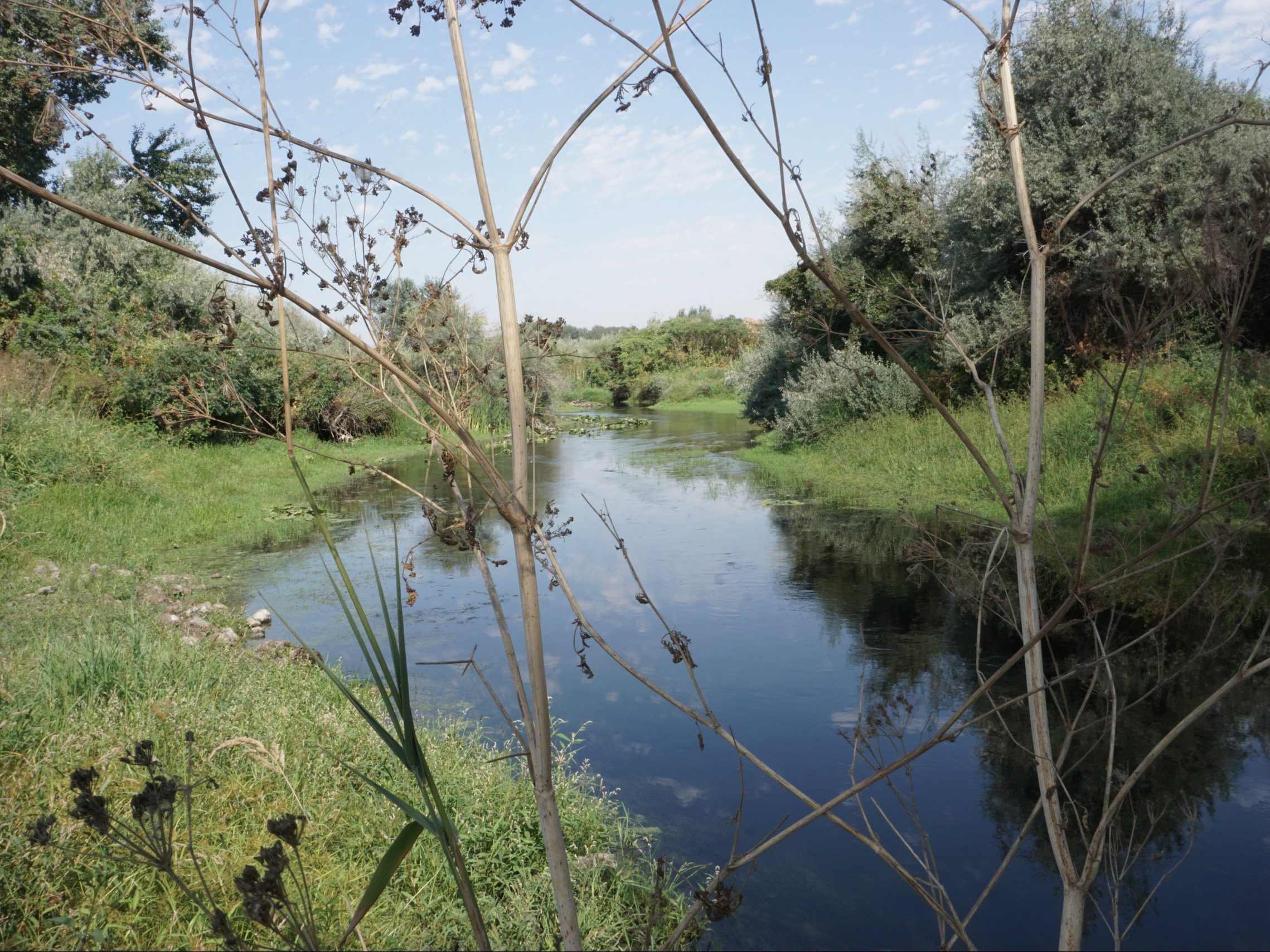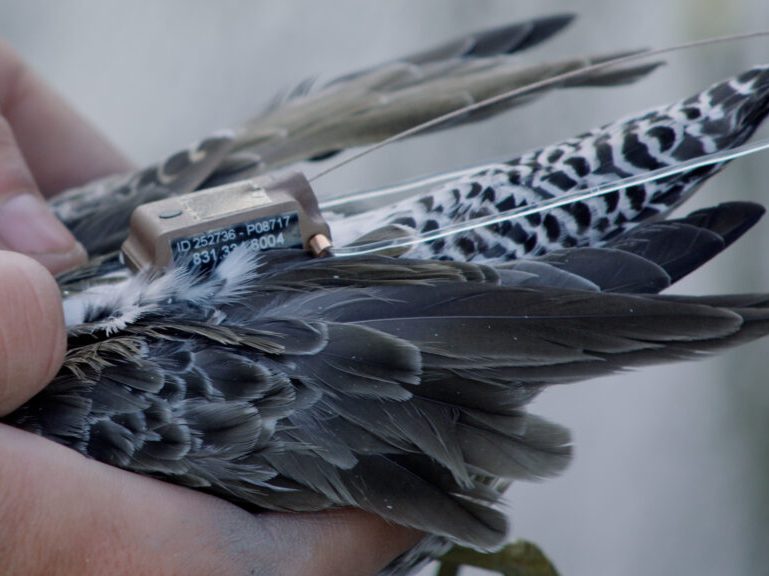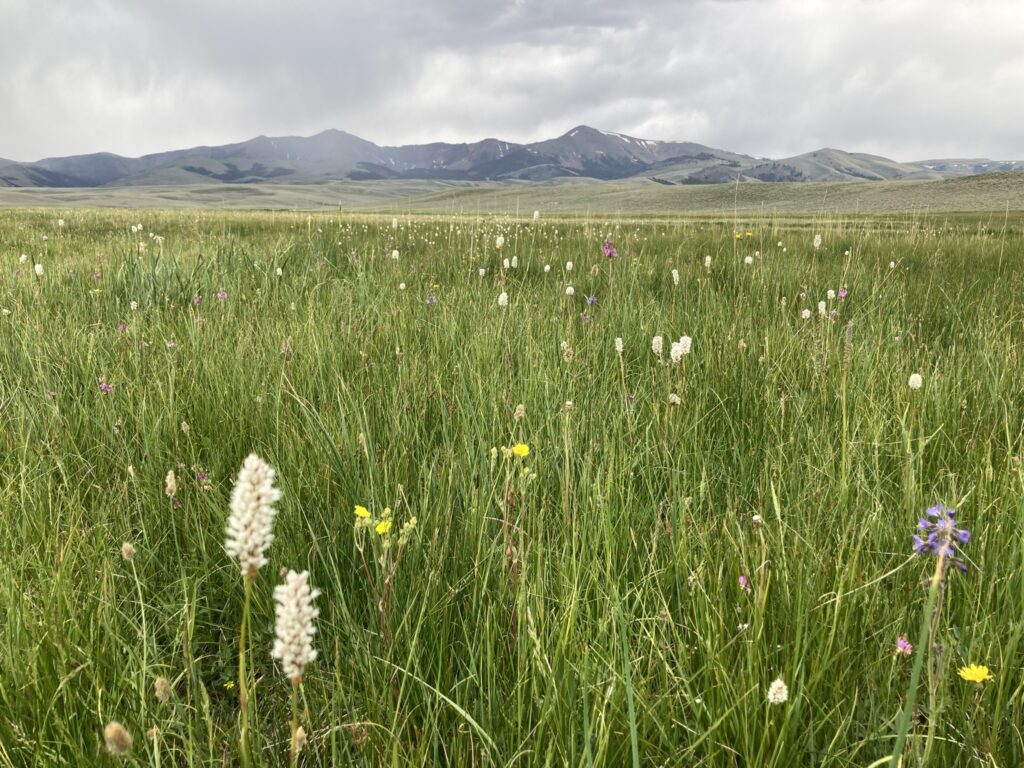Tucked away on the banks of the Yakima River is a series of old oxbows and side channels where Cascadian snowmelt spreads out and slows down during spring’s floods. From a distance, this spot is only marked by the canopies of giant cottonwoods poking above the rows of corn and hops for which this watershed is famed. Amongst the cottonwood groves, however, is a wetland complex rich with the abundance of life typically found where water graces the landscape.
The Satus Wildlife Area, a Yakama Nation-owned and -managed wetland complex, is gifted with the resource that is in short supply in the West: water. The wildlife area is located at a low point in the Yakima Valley where the important tributaries of Satus and Toppenish Creeks find their way to the river. Furthermore, the Tribe’s rights to whatever remnants of agricultural irrigation water make their way into the North Drain ditch that feeds the wetland complex means that this area is pretty much always wet. A combination of groundwater and drains carrying excess agricultural irrigation water feed a large wetland complex, which sustains lush vegetation even in the heat of summer.
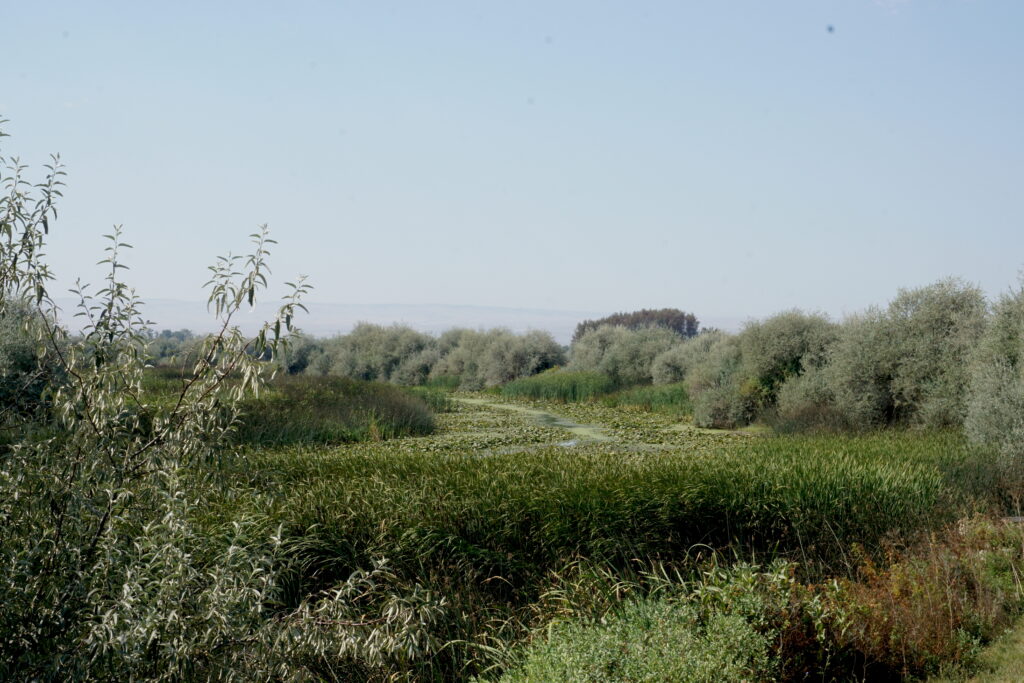
“We’re at the end of the line, so we’re able to take water and put it in the wetlands for our own goals,” said Bridger Cohan, the Wetlands Restoration Biologist for the Yakama Nation Wildlife Resources Management Program.
Those goals—to enhance habitat for birds, fish, wildlife, plants, and provide ecological services to people—are becoming more achievable as a massive wetlands restoration project nears its completion. Funded by a 2016 NRCS Regional Conservation Partnership Program (RCPP) award, the project is the culmination of a decades-long effort to update the infrastructure that the Tribe uses to manage the flow of water through the wetlands. The project, which turned dirt in 2022 and will be completed by the end of 2023, targets 20 sites where infrastructure like culverts, headgates, and drains are in disrepair and need to be updated. Nine sites will have new swales dug or older ones cleaned, which will help transport water between the main wetland areas and eventually back into the Yakima River and Satus Creek.
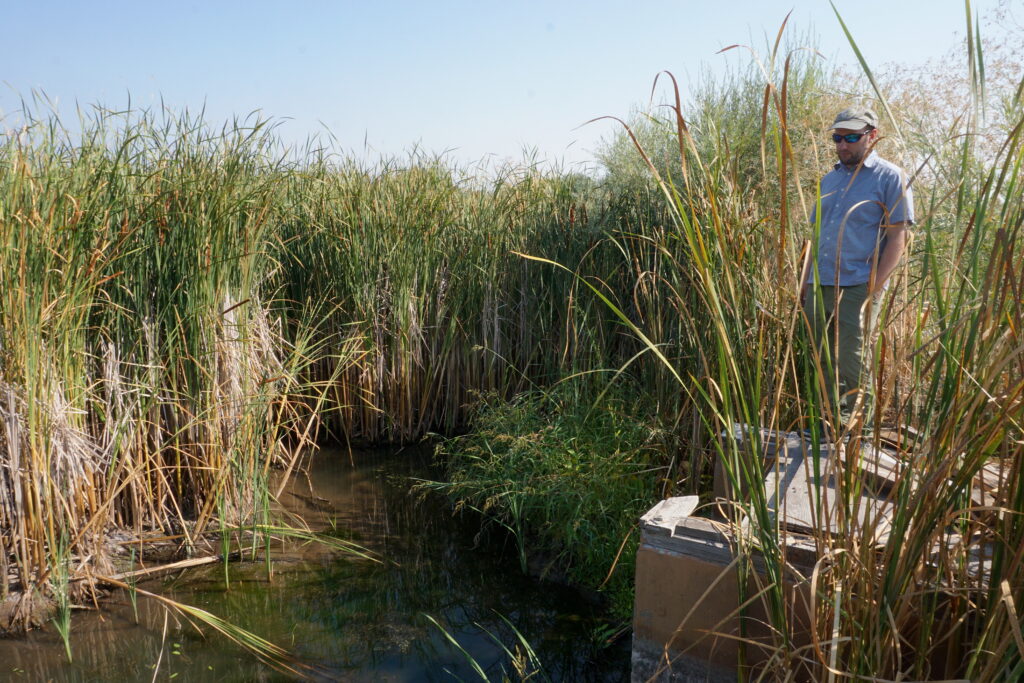
This movement of water is important. At Satus, house-high thickets of prickly rose and sumac cover the high ground, while the low spots—the various ancient river channels the Yakima River has carved across the landscape—are choked with tules and cattails. These wetland plants grow thick in the absence of disturbance like fire, which this site hasn’t seen in years, crowding out the type of open water habitat needed by waterbirds and other wetland-dependent wildlife species.
Seasonal mowing is the main management tool for the tules and cattails that choke out the high-value, open-water habitat. Late in the summer, after waterfowl breeding season and before waterbirds seek out wetland stopover sites on their migrations south, the Tribe’s wetland managers can drain the wetlands and beat back the season’s growth of cattails and tules. However, this tactic only works when the wildlife area’s system of culverts, headgates, and drains is functional—which is why this project is focusing on replacing them.
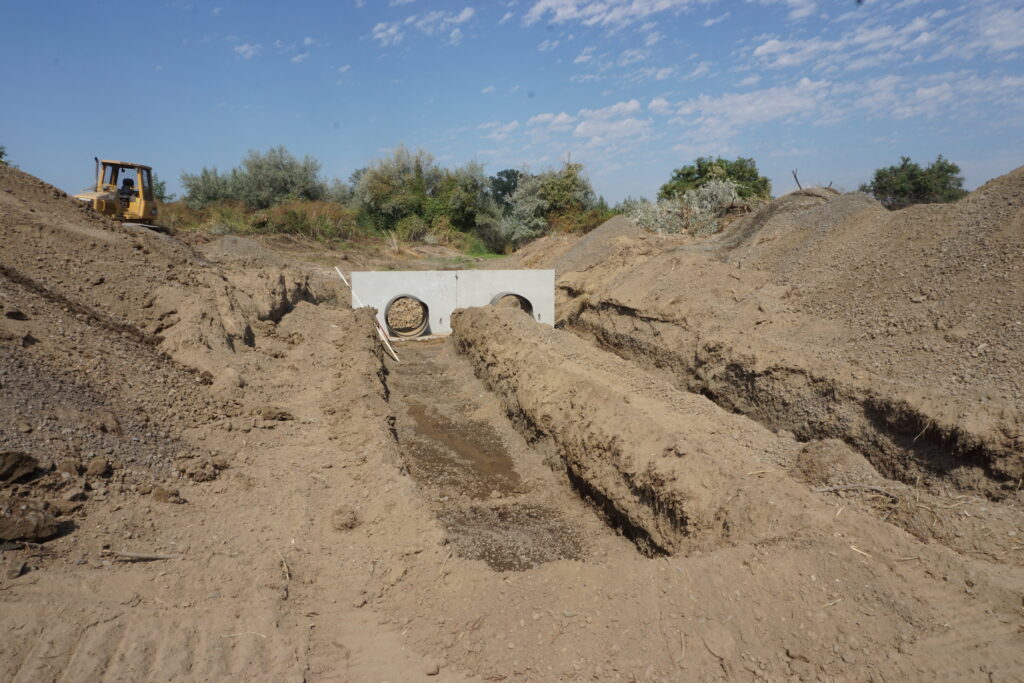
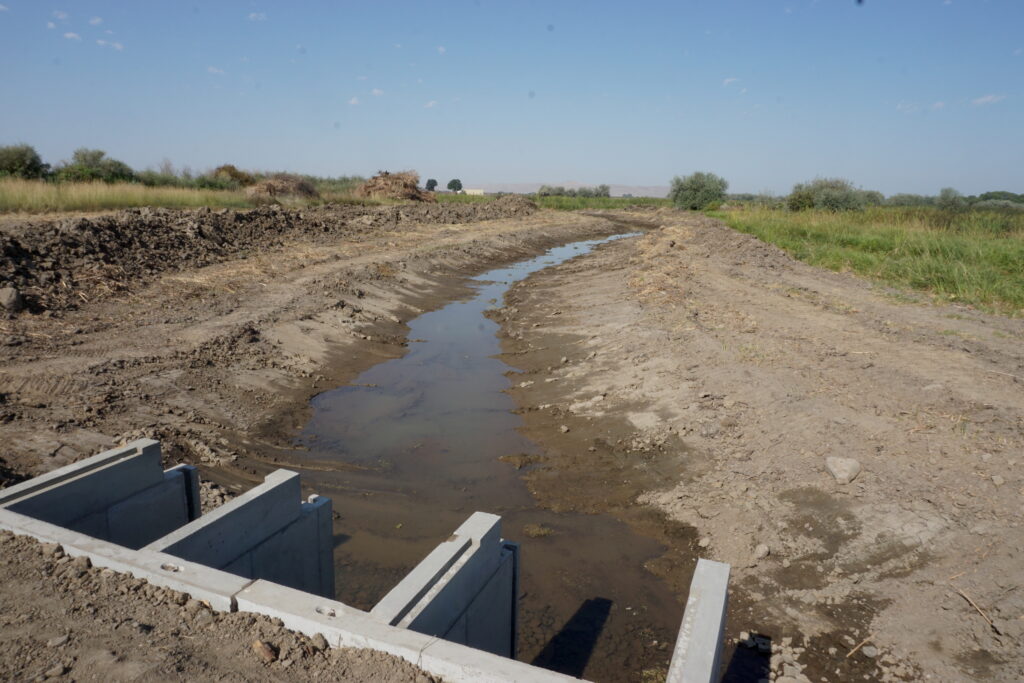

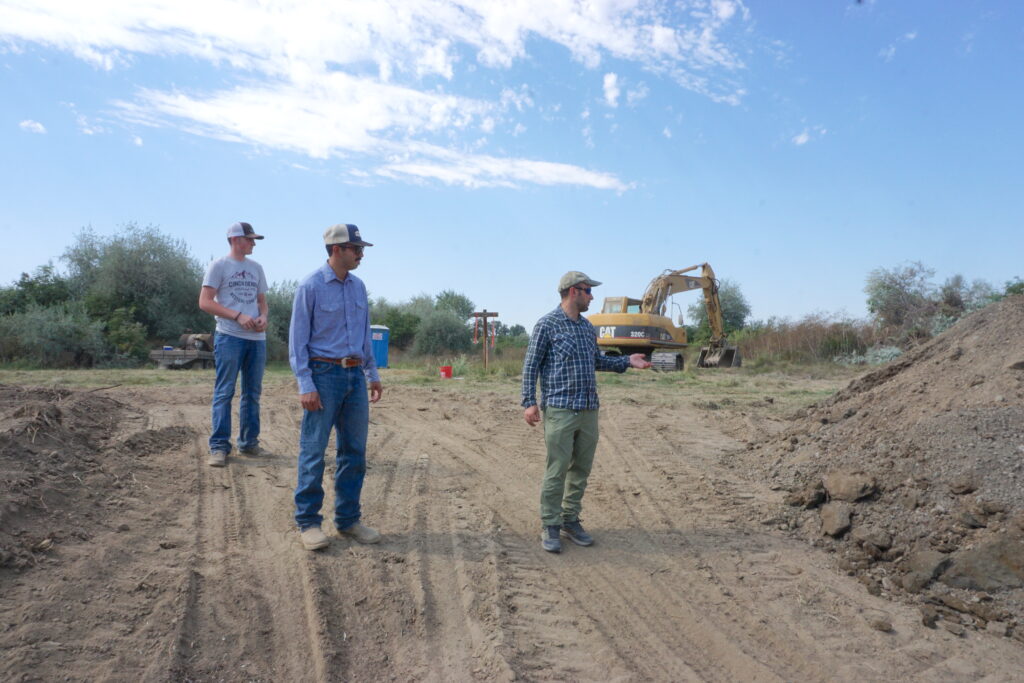
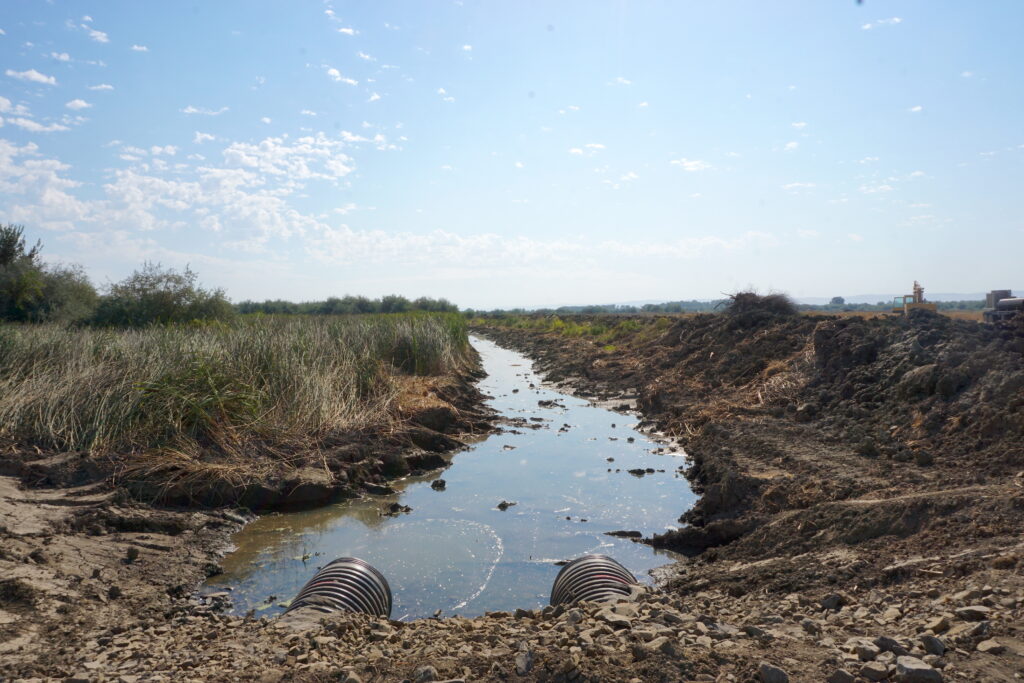
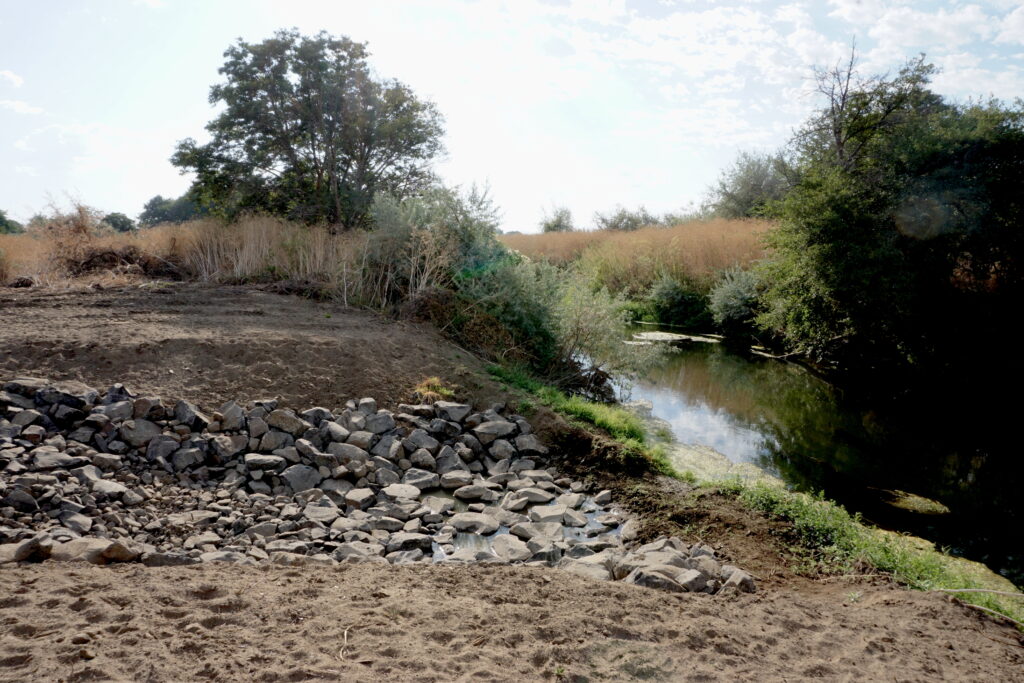
Several water structures at the Satus Wildlife Area have been updated, cleared out, and optimized for better moving water among wetlands. In September of 2022, dirt was still being turned at many of the sites earmarked for restoration.
Steve Liske, an engineer with Ducks Unlimited, has provided engineering support to the Satus project and much of the other wetland work Yakama Nation undertakes (Ducks Unlimited is a major partner to Yakama Nation on many wetland projects, including this RCPP). He said that, as the infrastructure has aged, wetland managers have lost the ability to manage water levels on the Satus Wildlife Area, resulting in a loss of open-water habitat.
“These areas have filled in over the years,” he said. “It’s a good example of how it’s as important to get a wetland dried out sometimes as it is to make it wet.”
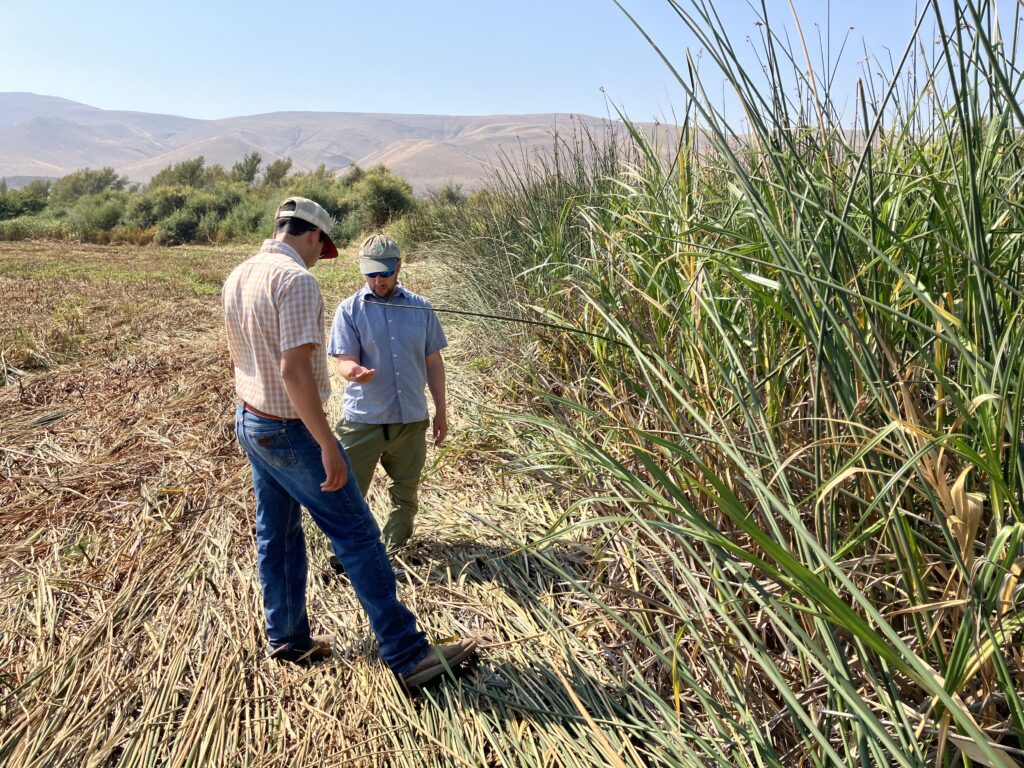
Tom Elliott, who predated Cohan in the role of Wetlands Restoration Biologist and now works as the Tributary Enhancement Special Project Leader for the Yakama Nation Fisheries department, said that being able to move water through the Satus Wildlife Area is critical to restoring natural flooding regimes along this stretch of the Yakima River. Without this type of management, he said, the riparian wetlands would clog up with silt and nutrients from agricultural runoff, filling marshes with cattails.
“The solution is to manage water levels,” Elliott said. “[Doing so] creates a hybrid system where you are managing at low flow times of the year and letting the river flood in the winter and spring to try to restore the historic regimes.
Elliott said that those historic flooding regimes are important not only to migratory waterbirds but to the juvenile salmon that require side-channel wetland habitat to mature. Seasonal flooding is also necessary for culturally important plants like wapato, or Sagittaria latifolia, a traditional food source for Yakama People and other tribes that grows in phosphate-rich wetlands like Satus Wildlife Area. When wetlands fill in with cattails and tules, wapato loses the open water habitat it needs and can’t compete.
“It’s a good example of how it’s as important to get a wetland dried out sometimes as it is to make it wet.”
Steve Liske, Ducks Unlimited
Being able to control vegetation in the Satus wetlands, Cohan said, would allow wapato to thrive and be harvested by interested tribal members, as well as serve as a food source for wildlife.
“We’re trying to manage for habitat quality and native food source quality, and that means getting a semi-natural disturbance cycle returned to some of these areas,” he said.
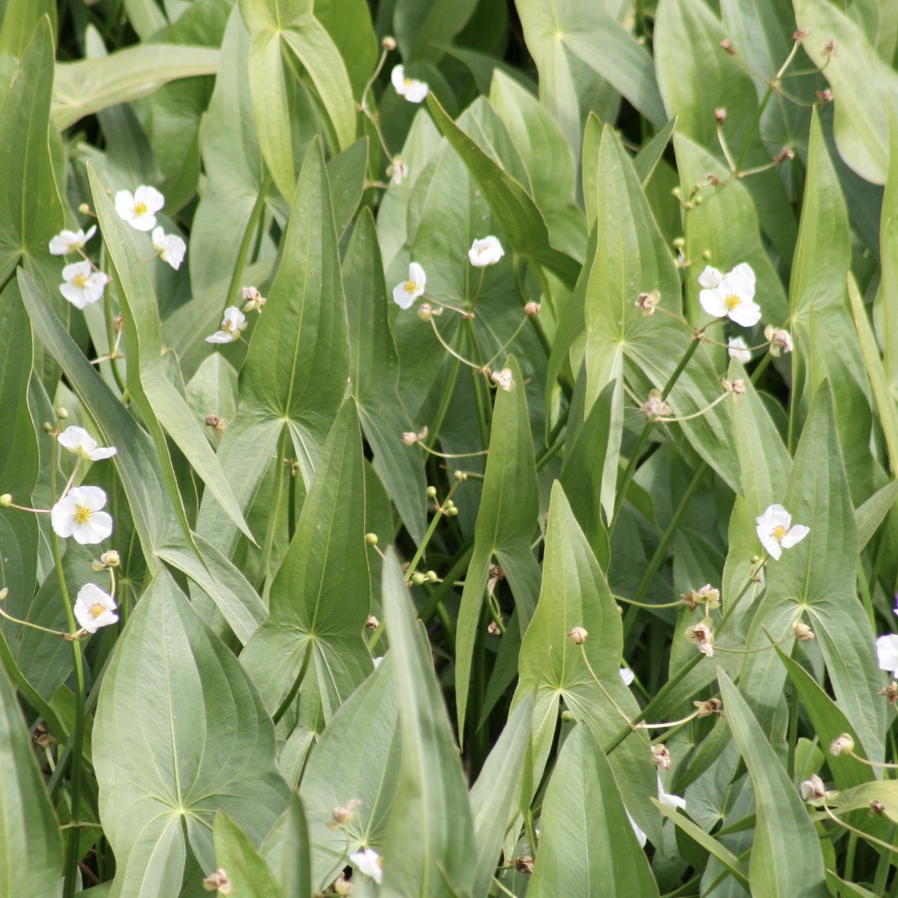
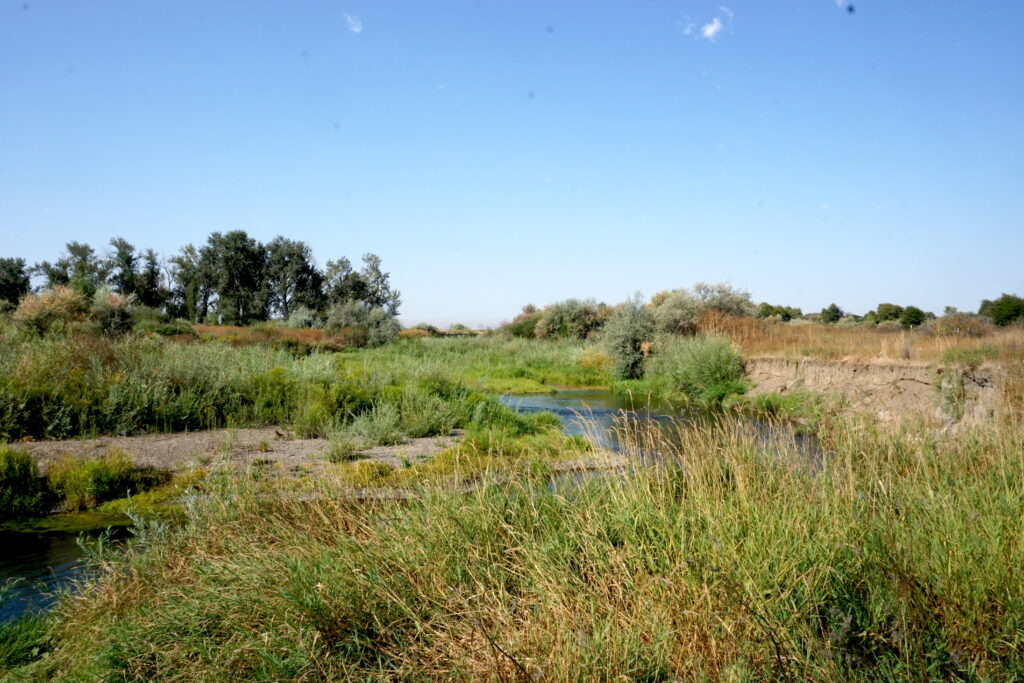
Wapato (left) likes to grow in colonies that follow the banks of ponds, lakes and rivers like Satus Creek (right).
According to Elliott, the project at Satus is part of a larger effort to manage, protect, and restore wetlands in the Yakima Basin. At the same time the Tribe is managing the wetlands at Satus, Washington State is managing the Sunnyside Wildlife Area on the other side of the river. When you put the two together, Elliot said, that is a huge chunk of the Yakima Basin wetland habitat. “It requires collaboration at multiple levels,” he said. “Managing floodplains and streams means managing the whole watershed.”
And in the Yakima watershed, water management means collaboration. The Yakima Basin Integrated Plan (YBIP) governs much of the water use in the watershed. The YBIP has been collaborative from its inception, when it was created to address water shortages and restore natural ecological functions after Yakama Nation and Roza Irrigation District rejected a plan for a large reservoir at Black Rock. Instead, they brought a diverse group of water users to the table to find a solution that worked for all interests, a process that took from 2009–2011. Elliott said the result has been more water for irrigators and passage for fish, as well as money for habitat enhancement, water storage, and land conservation alike. Calling it “horse-trading at a high level,” he said the YBIP has been incredibly effective in ensuring there’s enough water to go around, even in drought years.
“It’s not perfect, but it’s really amazing the change in tenor of relationships that it has brought about,” he said. “You can expect to find common ground going into a project rather than expecting to disagree.”
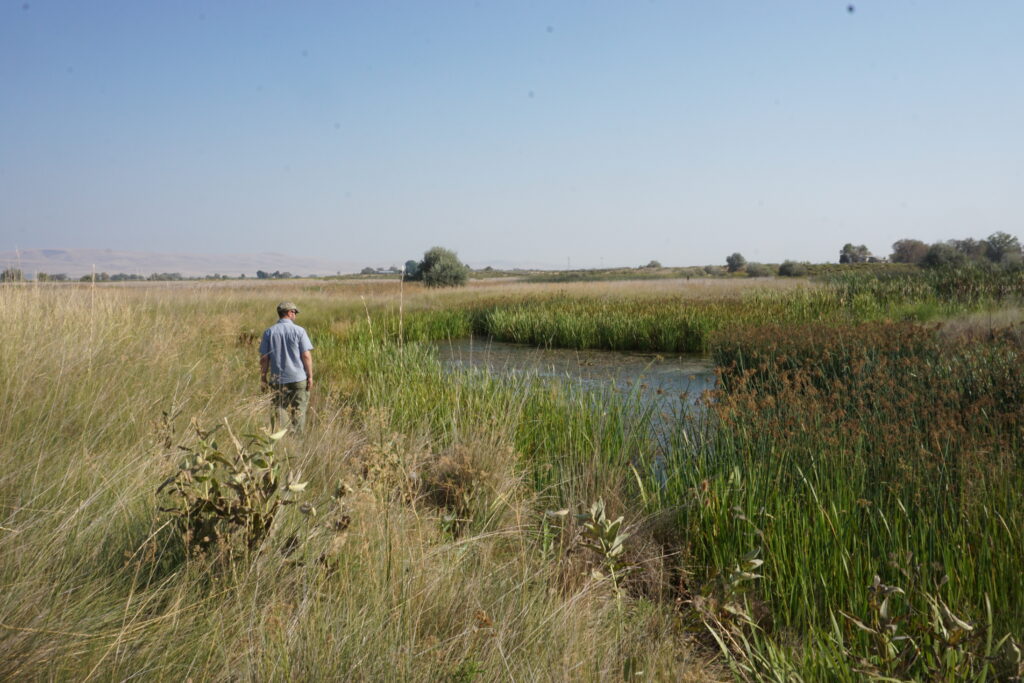
The project at Satus Wildlife Area, just one of many restoration projects Yakama Nation is carrying out on the more than 21,000 acres of wetland and floodplain habitat it manages, fits in perfectly with YBIP’s goals with its multi-benefit, multi-species approach. Cohan said that being able to better manage how and when water is moved around the wetland complex will improve and maintain habitat, serve recreational users like hunters, and contribute to the overall health of the Yakima River.
“It allows us to manage for plants like tule and wapato, and for improved waterfowl habitat,” he said.” Plus, filtering agricultural runoff through these wetlands will improve water quality in the return flows to the river.”
If watershed health depends on healthy rivers, it also depends on dynamic riparian wetlands that experience the ebb and flow of seasonal water cycles. When the project at Satus is complete, the wetland management here will be able to benefit the entire Yakima Basin.

